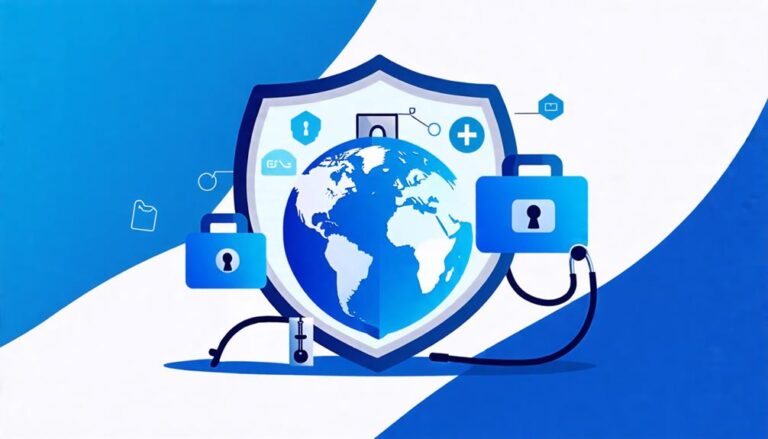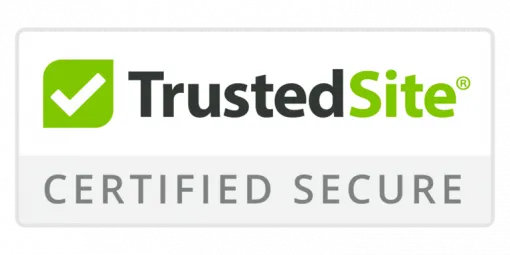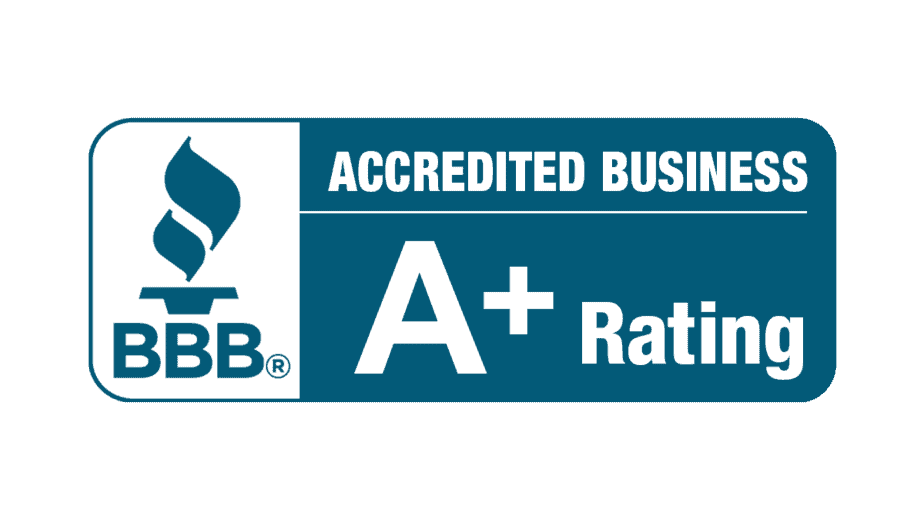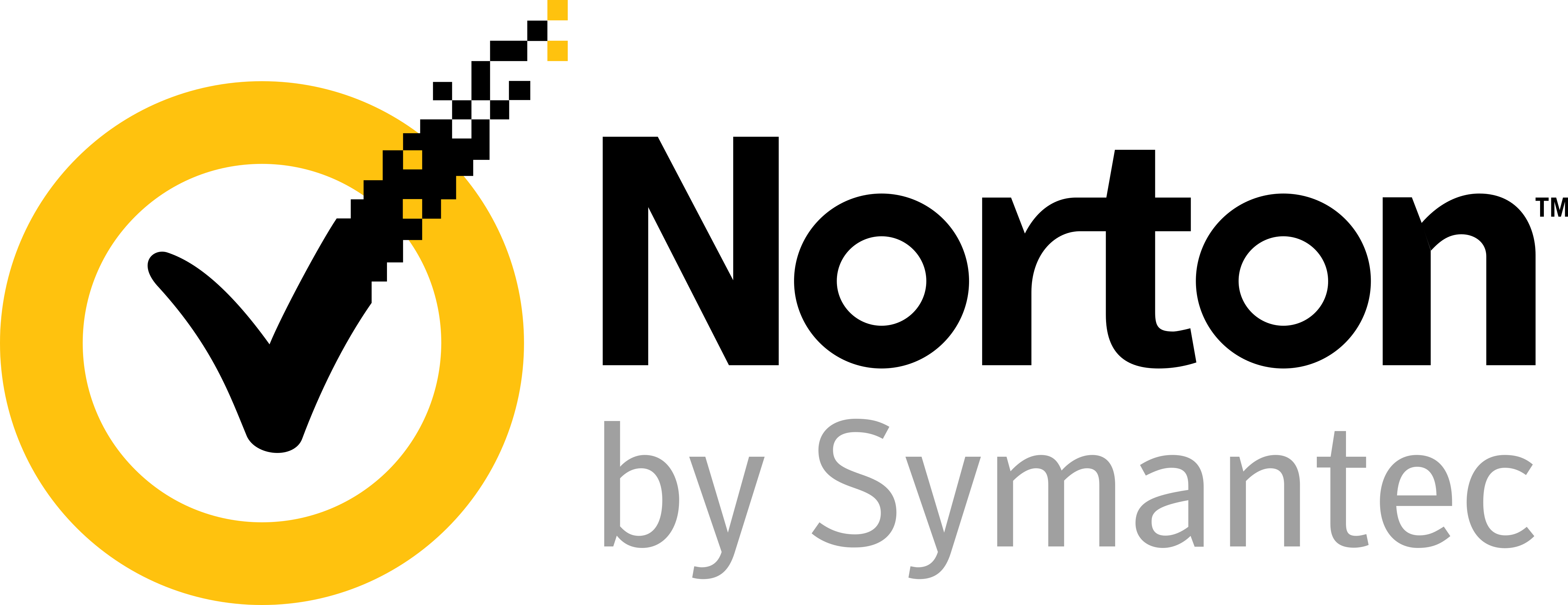Conducting Security Audits for Financial Institutions: A Side Hustle Guide
If you're looking to leverage your expertise in cybersecurity as a side hustle, conducting security audits for financial institutions could be a lucrative and impactful venture. Financial institutions are acutely aware of the risks they face, but vulnerabilities can still slip through the cracks. As an independent auditor, you can help these institutions identify weaknesses and areas of non-compliance.
Here's how you can get started with this side hustle and implement effective security audits.
Understanding the Process
Financial institutions invest heavily in robust security measures, but the effectiveness of these measures needs continual verification. This is where your services as an auditor come in. Conducting regular security audits helps organizations ensure their defenses are solid and up to date.
Your role will be to assess their current security posture and provide actionable insights for improvement.
Choosing the Right Audit Methods
There are several methods and frameworks you can employ when conducting a security audit:
- Penetration Testing: Simulate cyber-attacks to identify vulnerabilities.
- Vulnerability Assessments: Conduct thorough scans to find and prioritize security weaknesses.
- Compliance Audits: Ensure the institution adheres to industry-specific regulations and standards.
- Risk Assessments: Evaluate the potential impact of identified vulnerabilities.
Depending on the needs of the financial institution, you may choose a combination of these methods to provide a comprehensive audit.
Implementing the Audit
- Initial Consultation: Meet with the institution to understand their specific concerns and objectives.
- Scope Definition: Define the scope of the audit, including the systems, processes, and areas to be assessed.
- Data Collection: Gather necessary data through interviews, system inspections, and reviewing existing documentation.
- Analysis: Use your chosen methods to analyze the data and identify vulnerabilities.
- Reporting: Compile your findings into a detailed report, highlighting critical issues and providing recommendations for remediation.
- Follow-Up: Offer follow-up consultations to help the institution implement your recommendations and verify that issues have been addressed.
What to Do with the Results
Once you've completed the audit and delivered your report, financial institutions will use your findings to:
- Strengthen Security Posture: Implement recommended changes to mitigate identified risks.
- Ensure Compliance: Address any areas of non-compliance to avoid regulatory penalties.
- Educate Staff: Use insights from the audit to train employees on best practices and emerging threats.
By offering your expertise as a side hustle, you not only generate additional income but also play a crucial role in safeguarding financial institutions against cyber threats.
Conducting security audits is a rewarding way to utilize your skills and make a tangible impact in the financial sector.
Understanding Security Audit Requirements
When conducting a security audit for a side hustle, you must first clearly understand the specific requirements that apply to your small business, which typically involve a combination of regulatory mandates, industry standards, and internal policies.
You'll need to familiarize yourself with relevant audit frameworks, such as COBIT, ISO 27001, or the NIST Cybersecurity Framework, to ensure your audit is thorough and aligned with industry best practices even on a smaller scale. Additionally, you must comply with regulatory standards, such as the Payment Card Industry Data Security Standard (PCI DSS) if you handle customer payment information.
You should also review your side hustle's internal policies and procedures to understand your security controls and risk management strategies. This involves analyzing your incident response plan, security awareness training, and risk assessment processes.
Components of a Security Audit
As you initiate a security audit for your side hustle, you'll need to identify the key components that will help you assess your overall security posture.
You'll start by identifying vulnerabilities and threats, which involves analyzing your systems, networks, and applications to detect potential weaknesses that could be exploited by attackers.
Next, you'll evaluate risk and compliance, examining your policies, procedures, and controls to ensure they align with relevant regulations and industry standards.
Identifying Vulnerabilities and Threats
Identifying vulnerabilities and threats is a critical component of running a successful side hustle, particularly if it involves handling sensitive data or online transactions. You need to scrutinize your side hustle's systems, networks, and applications for weaknesses that could be exploited by malicious actors to gain unauthorized access or disrupt your operations.
Examine your infrastructure, including any firewalls, security software, and encryption technologies, to identify potential entry points for attackers. Don't overlook the human element; social engineering tactics can be just as effective as technical exploits. You or any collaborators could be tricked into divulging sensitive information or facilitating unauthorized access, making insider threats a significant concern.
Assess your applications and software for vulnerabilities, including outdated or unpatched systems, insecure coding practices, and inadequate secure development life cycle (SDLC) processes. Use tools and techniques like penetration testing, vulnerability scanning, and code reviews to identify potential weaknesses.
Consider hiring external experts to conduct these assessments, as they can bring a fresh perspective and expertise to the process. By thoroughly identifying vulnerabilities and threats, you'll be better equipped to develop effective countermeasures and mitigate the risk of a security breach. This assessment will also inform your overall risk management strategy, ensuring your side hustle remains secure and trustworthy.
Evaluating Risk and Compliance
Evaluating risk and compliance in a side hustle requires you to assess the overall risk posture of your business's operations, systems, and processes, and determine their adherence to relevant legal requirements and best practices. To do this effectively, you'll need to conduct a thorough risk assessment that identifies potential vulnerabilities and threats, and evaluates the likelihood and potential impact of each. You'll also need to establish a compliance framework that outlines the legal requirements and industry standards your side hustle must adhere to.
| Risk Assessment | Compliance Framework |
|---|---|
| Identify potential vulnerabilities and threats | Establish legal requirements and best practices |
| Evaluate likelihood and potential impact | Determine adherence to requirements and standards |
| Prioritize risk mitigation efforts | Continuously monitor and update framework |
Benefits of Regular Audits
Regular audits for your side hustle enable you to proactively detect and mitigate vulnerabilities, ensuring the confidentiality, integrity, and availability of your sensitive business data.
By conducting regular audits, you'll enjoy numerous benefits that enhance your overall security and operational efficiency. For instance, you'll achieve cost savings by identifying and addressing potential security issues before they escalate into costly breaches. Regular audits also ensure regulatory compliance, as you'll be able to demonstrate adherence to relevant laws and regulations specific to your side hustle.
Moreover, regular audits boost stakeholder confidence in your side hustle's ability to protect their interests. By demonstrating a proactive approach to security, you'll enhance your reputation and build trust with customers, investors, and partners.
Additionally, audits help prevent fraud by identifying vulnerabilities that could be exploited by malicious actors. The audit process also drives process improvement, allowing you to refine your security controls and procedures.
Ultimately, regular audits contribute to operational efficiency, as a secure environment enables your side hustle to operate smoothly and effectively. By incorporating regular audits into your risk management strategy, you'll be better equipped to protect your assets and maintain a competitive edge in your side hustle.
Identifying Vulnerabilities and Threats
As you identify vulnerabilities and threats in your side hustle's security audit, you'll focus on pinpointing common security weaknesses, such as outdated software or inadequate access controls.
You'll also employ threat assessment methodologies to evaluate the likelihood and potential impact of various threats, including insider threats and external attacks.
Common Security Weaknesses Found
As you embark on your side hustle, it's essential to be aware of potential security risks that could compromise your business. Common vulnerabilities include weaknesses in access controls, data encryption, and network segmentation, which can be exploited by malicious actors to gain unauthorized access to sensitive information. These vulnerabilities can be categorized into several areas, including insider threats, outdated software, weak passwords, insufficient training, physical security, third-party risk, data leakage, unpatched vulnerabilities, social engineering, and cloud security.
| Vulnerability | Description | Risk Level |
|---|---|---|
| Weak Passwords | Easily guessable passwords used by you or your team | High |
| Outdated Software | Software with known vulnerabilities not updated | Medium |
| Insider Threats | Partners or collaborators intentionally compromising security | High |
| Unpatched Vulnerabilities | Known vulnerabilities not patched or updated | Medium |
| Physical Security | Inadequate physical controls, e.g., unsecured workspaces | Low |
To safeguard your side hustle, you must prioritize and address these common security weaknesses. Implementing robust access controls, encrypting sensitive data, and ensuring all software is up-to-date are crucial steps in mitigating these risks. Additionally, continuous education and awareness can help prevent social engineering attacks and insider threats. By acknowledging and addressing these vulnerabilities, you can enhance the security posture of your side hustle and protect your business from potential breaches.
Threat Assessment Methodologies
Upon identifying common security weaknesses in your side hustle, you must employ a structured threat assessment methodology to detect and prioritize potential threats, incorporating both technical and non-technical factors that could impact your venture's security posture.
This involves analyzing the threat landscape to understand the types of threats that could target your side hustle, such as phishing attacks, malware, or insider threats.
You'll also need to conduct risk modeling to assess the likelihood and potential impact of these threats.
Vulnerability Identification Techniques
To identify vulnerabilities and threats in your side hustle, you can employ various techniques, including network scanning, system configuration analysis, and inspection of application code, to pinpoint weaknesses that an attacker could exploit.
Conducting penetration testing is also essential—it simulates real-world attacks on your systems to identify vulnerabilities in your web applications, network devices, and servers. This targeted approach helps analyze potential entry points that attackers might use to gain unauthorized access.
Beyond technical assessments, you should also evaluate your side hustle's vulnerability to social engineering tactics. Social engineering involves manipulating individuals to divulge confidential information or perform actions that compromise security. Assessing employee awareness and susceptibility to tactics like phishing or spear phishing will help you identify vulnerabilities in your human security posture.
By combining these techniques, you can gain a comprehensive understanding of your side hustle's security weaknesses, enabling you to prioritize mitigation efforts, strengthen security controls, and implement practical measures to protect against potential attacks.
Proactively identifying vulnerabilities and threats will significantly reduce the risk of financial loss and reputational damage, ensuring the sustainability and success of your side hustle.
Auditing Network and Systems Security
Examining the network architecture, system configurations, and data transmission protocols is essential when evaluating the security posture of a freelance cybersecurity consultant's services.
You need to assess the network segmentation, guaranteeing that sensitive client data is isolated from the rest of your work environment. This helps prevent lateral movement in case of a breach.
You should also scrutinize firewall configurations, ensuring they're aligned with best security practices. This involves verifying that firewalls are properly configured to only allow necessary traffic and that they're regularly updated.
When auditing your network and systems security as a freelance consultant, consider the following key areas:
- Network Segmentation: Are sensitive client areas isolated from the rest of your network using techniques like VLANs or subnets?
- Firewall Configurations: Are firewalls properly configured to only allow necessary traffic, and are they regularly updated?
- Data Transmission Protocols: Are data transmission protocols, such as SSL/TLS, properly implemented to guarantee secure data transmission?
Evaluating Access Controls and Protocols
You're now tasked with evaluating the robustness of access controls and protocols in your financial side hustle's security framework.
Once you have evaluated your network and systems security, the next step is to guarantee that access to these secured systems is strictly controlled and managed through robust access control mechanisms and protocols that align with industry best practices for freelance cybersecurity consultants.
You should verify that the three primary access control mechanisms: Discretionary Access Control (DAC), Mandatory Access Control (MAC), and Role-Based Access Control (RBAC), are operating effectively to limit user activities to authorized levels.
Implement least privilege principles, limit access to sensitive data to privileged personnel on a need-to-know basis, and conduct periodic role reviews.
Verify protocol security standards such as SFTP and LDAP/s are employed for secure network communication and directory services integration.
Conduct tests to pinpoint vulnerabilities and implement security awareness training for all individuals involved in your side hustle to avoid unwitting security risks from poor management of credentials or accidental activation of unauthorized system features which could inadvertently grant malicious outside actors the means to move undetected throughout your financial operation's network.
Assessing Incident Response Plans
As a critical component of your financial side hustle's security framework, your incident response plan should be thoroughly assessed to ensure it can effectively respond to and contain security incidents, minimize damage, and expedite recovery.
Evaluating the effectiveness of your incident response plan involves examining your detection, containment, and eradication procedures. This scrutiny will help you pinpoint potential gaps and areas for improvement, safeguarding your side hustle against disruptions.
To visualize the assessment process, consider the following key elements:
- Detection and Reporting: Are your incident detection and reporting processes clearly defined? Are all relevant stakeholders in your side hustle aware of their roles and responsibilities?
- Incident Classification and Containment: Is your incident classification system well-defined? Do you have containment strategies in place to prevent incidents from spreading and impacting your side hustle's operations?
- Recovery and Review: Are your incident recovery strategies effective in restoring your side hustle's operations? Are thorough reviews conducted to identify lessons learned and areas for improvement?
Auditing Data Storage and Transmission
Building on the strong incident response foundation established through thorough assessment, your side hustle's data storage and transmission systems require careful auditing to confirm the confidentiality, integrity, and availability of sensitive information.
You'll want to verify that data encryption is properly implemented, both in transit and at rest. This includes evaluating the strength of encryption algorithms, such as AES, and confirming that all sensitive data is encrypted.
Next, you'll assess the transmission protocols used to move data between systems and locations. This includes examining the use of secure protocols, such as SFTP or HTTPS, and verifying that insecure protocols, like FTP or HTTP, aren't used.
You'll also evaluate the configuration of firewalls and intrusion detection/prevention systems to ensure they're properly protecting data during transmission.
Testing for Compliance and Governance
Ensuring compliance and governance in your side hustle is crucial to avoid legal pitfalls and maintain trust with your customers. You must verify that all regulatory requirements, industry standards, and internal policies are met and effectively enforced for your side business.
Evaluate your adherence to relevant regulations, such as tax obligations and consumer protection laws.
When testing for compliance and governance in your side hustle, you should:
- Review policies and procedures: Verify that your side hustle's policies and procedures align with regulatory requirements and industry standards.
- Evaluate risk management practices: Assess your risk management practices to ensure they're effective in identifying, evaluating, and mitigating risks specific to your side business.
- Test compliance monitoring and reporting: Test your side hustle's compliance monitoring and reporting processes to ensure they're accurate, timely, and effective in identifying and addressing compliance issues.
Implementing Audit Recommendations
Implementing audit recommendations for your side hustle is a crucial step to ensure the sustainability and growth of your venture. Taking timely and effective action on the findings and recommendations identified during a self-audit or external review can help prevent future issues and guarantee ongoing compliance with relevant regulations.
You'll need to develop detailed action plans addressing each recommendation, outlining the steps you'll take, the resources required, and the timelines for completion. These action plans should be specific, measurable, achievable, relevant, and time-bound (SMART) to ensure that you're making progress toward implementing the necessary changes.
As you implement these action plans, you'll also need to conduct follow-up assessments to verify that the recommended improvements are in place and operating effectively. This may involve re-testing processes, reviewing updated policies and procedures, and ensuring that any team members or collaborators are aware of and understand their roles and responsibilities.
Conclusion
You've conducted a thorough security audit for a financial institution as part of your side hustle, and now it's time to implement the recommendations.
Don't wait – 61% of data breaches in the financial sector are caused by exploited vulnerabilities that could have been patched (Verizon, 2020).
By prioritizing remediation and ongoing monitoring, you can reduce your client's risk of a devastating cyberattack and protect their sensitive financial data.
Regular audits are key to staying ahead of emerging threats and maintaining stakeholder confidence, which will enhance your reputation and credibility in your side hustle.

















































0
View comments